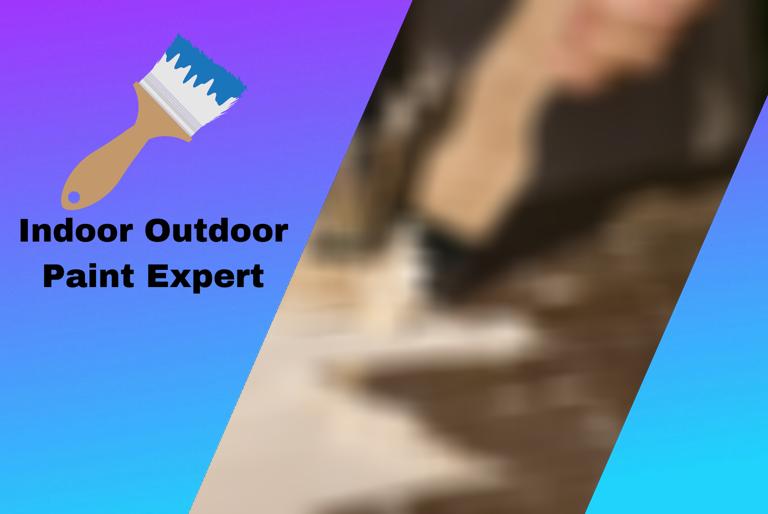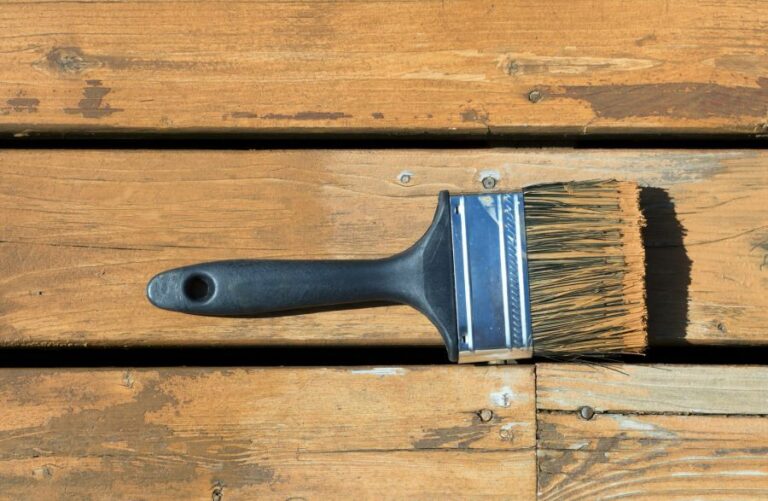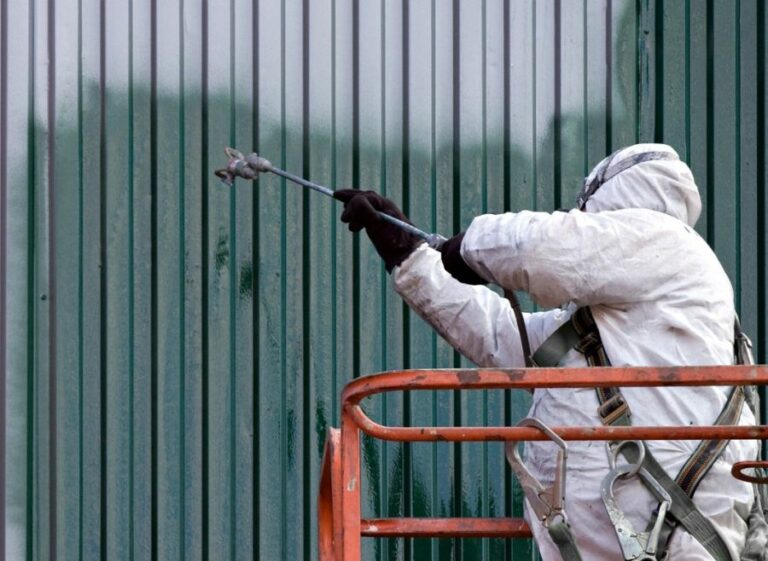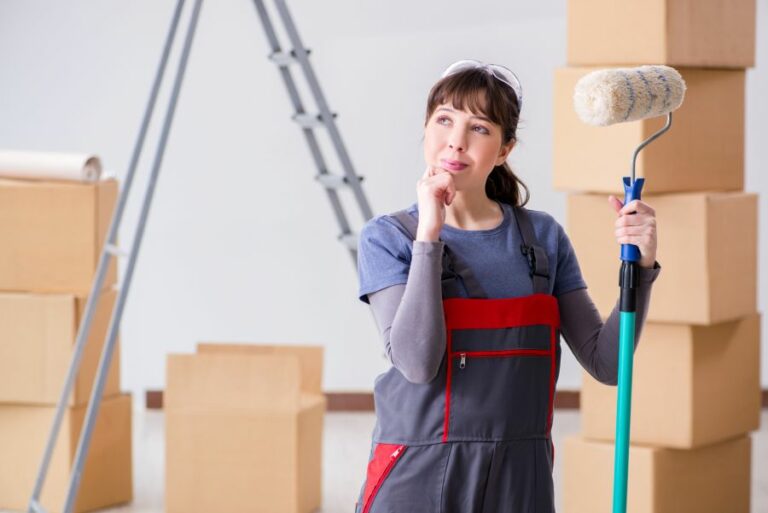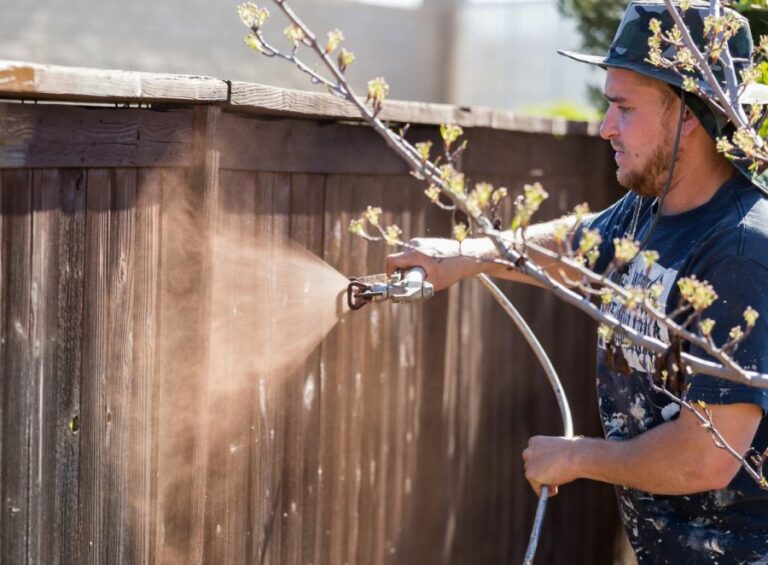Tools And Equipment Required For Efficient Surface Preparation
When it comes to surface preparation, having the right set of tools and equipment can make all the difference in ensuring efficient and consistent results. Suppose you’re looking to create a smooth and stable foundation for your home renovation projects, industrial applications, or any other purpose. In that case, you’ll need the proper gear and guidance to make this process as seamless as possible.
Tools and equipment required for efficient surface preparation:
Effective surface preparation requires tools such as pressure washers, scrub brushes, brooms, degreasers, cleaning solutions, sandpaper, orbital sanders, angle grinders, filling compounds, putty knives, paint scrapers, wire brushes, chemical strippers, paint removers, heat guns, infrared paint removers, and safety gear like goggles, gloves, dust masks, hearing protection, and safety shoes.

Discover the essential tools and equipment needed for efficient surface preparation, ensuring a smooth and successful project outcome. Uncover expert tips and tricks to enhance your prep work process, saving time and effort. Read on to elevate your surface preparation game today!
Contents
- 1 Essential Tools for Effective Surface Preparation
- 2 Importance of Surface Preparation: A Guide
- 3 Surface Preparation Tools for Shipboard Use
Essential Tools for Effective Surface Preparation
Successful surface preparation is a crucial step in any painting or coating project. It is vital to have the necessary tools and equipment on hand to ensure a smooth and efficient process.
• Cleaning and Degreasing Tools
Before you can begin surface preparation, you need to ensure that all surfaces are free from dirt, grease, and other contaminants that may interfere with the adhesion of paint or coatings.
– Pressure Washer
A pressure washer is an invaluable tool for cleaning large outdoor surfaces such as driveways, walls, and decks. It effectively removes dirt, mold, and mildew, ensuring a clean surface for refinishing. High-quality pressure washers from brands like Karcher or DeWalt are highly recommended.
– Scrub Brushes and Brooms
Scrub brushes and brooms are essential for manually cleaning surfaces before surface preparation. Opt for stiff-bristle brushes for tough dirt and grime, while softer brushes are better suited for delicate surfaces or more fragile materials. Choose a good-quality broom for sweeping dust and dirt from surfaces.
– Degreasers and Cleaning Solutions
Use a degreaser or cleaning solution specifically formulated for the surface type you are working on. For example, a concrete cleaner or degreaser is suitable for cleaning concrete surfaces, while a wood deck cleaner is best for preparing wooden surfaces.
Simple Green and Krud Kutter are popular brands offering various cleaning solutions.
Here is a comprehensive list of Safer Choice cleaning products recommended by the Environmental Protection Agency (EPA) that can help you choose the right product for your application.
• Surface Smoothing and Leveling Tools
Once surfaces have been cleaned thoroughly, the next step involves smoothing and leveling the surfaces to create an ideal foundation for paint or coatings.
– Sandpaper and Abrasives
Various grits of sandpaper and abrasives are essential for smoothing and leveling surfaces. Choose the appropriate grit based on the surface type and the amount of smoothing required.
For wooden surfaces, start with coarse grits like 80 or 100 and progressively move towards fine grits like 220 or 320 to achieve a smooth finish.
– Orbital Sanders and Angle Grinders
For larger surfaces, you might consider using an orbital sander or an angle grinder equipped with an appropriate sanding or grinding attachment. Make sure to use appropriate personal protective equipment (PPE), such as goggles and dust masks, when working with power tools.
– Filling Compounds and Putty Knives
Fillers, such as joint compound or wood filler, are used to fill gaps, cracks, and holes in surfaces before painting or coating. Choose a filler suitable for the specific surface you’re working with.
Use a flexible putty knife for applying and leveling the filler and a wider taping knife to smooth larger areas of the surface.
• Stripping Tools and Equipment
If dealing with surfaces previously coated or painted, you will need stripping tools and equipment to remove old layers and residues before beginning surface preparation.
– Paint Scrapers and Wire Brushes
For removing loose or peeling paint, paint scrapers and wire brushes are invaluable. Look for scrapers with ergonomic handles and multiple blade types to make it easy to remove paint from various surface types.
– Chemical Strippers and Paint Removers
In some cases, manual scraping and brushing won’t be enough to remove old coatings. Chemical-based strippers and paint removers are designed to soften, dissolve, or lift old paint and coatings, making them easier to remove.
Always follow the manufacturer’s instructions and safety recommendations when using these products.
– Heat Guns and Infrared Paint Removers
Heat guns and infrared paint removers are other practical alternatives for stripping old paint. By applying heat to the surface, they soften the paint, making it easy to scrape off. These tools are especially useful for wooden surfaces, where chemical strippers might damage the wood.
• Protective Equipment and Safety Gear
Safety is paramount when working on surface preparation projects. Make sure to invest in high-quality PPE to protect yourself from potential hazards and accidents.
– Goggles, Gloves, and Dust Masks
Goggles protect your eyes from flying debris and chemical splashes, while gloves shield your hands from chemicals, abrasion, and cuts. Dust masks protect your lungs from hazardous dust and fumes generated during surface preparation.
– Hearing Protection and Safety Shoes
When using power tools like orbital sanders and angle grinders, earplugs or earmuffs are necessary to protect your hearing. Safety shoes with slip-resistant soles will give you better traction and stability while working.
In conclusion, having the right tools and equipment on hand for surface preparation is vital. By investing in a variety of cleaning, smoothing, stripping, and safety tools, you can ensure a successful and efficient surface preparation process, leading to a high-quality paint or coating job.
Importance of Surface Preparation: A Guide
Surface preparation is a crucial step in numerous industrial processes, such as painting, coating, and bonding. The primary objective of surface preparation is to create a clean and uniform surface that is free from contaminants, such as dust, dirt, grease, and corrosion.
Proper surface preparation helps in achieving a superior finish, enhancing the adhesion and durability of applied coatings and increasing the overall performance of the materials involved.
• Key Benefits of Proper Surface Preparation
1. Enhancing Adhesion
One of the most significant benefits of surface preparation is that it enhances the adhesion between materials. This is particularly crucial in the coatings, paints, and adhesive industries, where strong bonding between the substrate and the coating or adhesive is necessary for long-lasting results.
A clean, well-prepared surface ensures that the applied material bonds effectively with the substrate and lasts for a long time. The Society for Protective Coatings (SSPC) recommends following proper surface preparation standards to improve adhesion in coating systems.
2. Increasing Durability
Proper surface preparation not only ensures strong adhesion but also improves the durability of the end product.
A well-prepared surface is less susceptible to environmental factors like humidity, temperature fluctuations, and corrosive substances, which can cause premature coating or adhesive material degradation.
Most manufacturers suggest thorough surface preparation processes to increase the overall lifespan of their products.
3. Reducing Costs
In the long run, investing in appropriate surface preparation can save considerable costs, as it minimizes the chances of adhesion failure, leading to longer-lasting and more durable finishes.
Implementing an effective surface preparation process can reduce the need for frequent maintenance, recoating, or material replacement, ultimately saving businesses money.
• Common Methods of Surface Preparation
1. Cleaning
Cleaning is an essential first step in surface preparation. It involves removing surface contaminants, such as dust, dirt, oil, grease, and other substances that can interfere with adhesion or affect the final finish.
Common cleaning methods include solvent cleaning, detergent cleaning, and high-pressure water cleaning.
2. Degreasing
Degreasing specifically targets the removal of oil, grease, and other fatty substances from the surfaces. It often involves using degreasing agents, such as solvents, alkaline cleaners, or emulsifying agents, to break down and remove these contaminants.
Degreasing is particularly important in metalworking, automotive, and aerospace industries, where surfaces can be prone to oil and grease contamination.
3. Abrasive Blasting
Abrasive blasting is a widely used method for surface preparation that involves projecting abrasive particles at high velocity onto the surface of a material. This process can be used to clean, deburr, roughen, or remove coatings and contaminants from surfaces.
Abrasive blasting is common in the marine, pipeline, and infrastructure sectors to remove rust, old coatings, and other surface imperfections.
4. Grinding and Sanding
Grinding and sanding are mechanical methods of surface preparation that typically use abrasive tools or machinery to remove material from a surface. This process can help smoothen, level, or shape the surface, as well as remove surface imperfections, such as rust, burrs, or old coatings.
Grinding and sanding find their applications in automotive, aerospace, and manufacturing industries for surface finishing purposes.
• Recommendations for Effective Surface Preparation
- Understand the Surface: Knowing the material you are working with and its specific properties can help you choose the most suitable surface preparation method, thus ensuring successful bonding or coating.
- Select the Appropriate Method: Depending on the material and sector of industry, the surface preparation method may vary. It is essential to select the most effective method for the task at hand to achieve the desired outcome.
- Follow Industry Standards: Organizations like the American Society for Testing and Materials (ASTM) and SSPC provide guidelines for surface preparation processes. Following these industry standards can help ensure the best possible results.
- Ensure Safety: Surface preparation processes can involve the use of hazardous chemicals, machinery, or abrasive materials. It’s essential to follow safety protocols, including the proper use of personal protective equipment, to minimize risks.
- Test and Inspect: Conducting tests and inspections before and after surface preparation can help ensure quality and adherence to industry standards, enabling an effective and long-lasting result.
In conclusion, surface preparation plays a vital role in various industries to ensure better adhesion, increased durability, and reduced costs.
Implementing proper surface preparation techniques, considering industry-specific guidelines, and following safety measures can significantly enhance the overall effectiveness of surface treatments and finishes.
Surface Preparation Tools for Shipboard Use
Surface preparation is an essential process on board ships, as it ensures that the hull, decks, and other structures are clean and free from rust, old paint, and marine growth. Proper surface preparation helps extend the lifespan of a ship and improves its overall performance and safety.
– Abrasive Blasting Equipment
One of the most popular methods for surface preparation is abrasive blasting. This technique uses high-pressure air to propel abrasive particles against the surface, removing rust, paint, and other contaminants.
Sandblasting
Sandblasting uses sand particles as the abrasive medium. It is highly effective for removing old paint and rust from metal surfaces but can be quite aggressive, causing damage to the underlying material if not properly controlled.
Using sand for blasting is now considered environmentally unfriendly and is being phased out in favor of more eco-friendly alternatives.
Grit Blasting
Grit blasting uses steel or other metallic abrasive particles, such as copper slag or garnet, for surface preparation. This method provides a more controlled cleaning process, reducing the risk of damage to the treated surface.
Grit blasting is also less hazardous to the environment and operators than sandblasting.
Shot Blasting
Shot blasting uses steel shots or beads and is ideal for cleaning large surface areas. This method is highly effective in removing rust, scale, and old paint from metal surfaces, particularly in the shipbuilding and repair industry.
– Hand and Power Tools
For smaller surface preparation tasks or areas where abrasive blasting may not be feasible, various hand and power tools can be employed.
Hand Tools
Hand tools such as chipping hammers, scrapers, and wire brushes are commonly used on board ships for removing rust, paint, and other contaminants. While these tools may be labor-intensive, they are an essential option for smaller repair or maintenance tasks.
Power Tools
Power tools, such as needle guns, angle grinders, and sanders, offer more efficient and quick surface preparation compared to hand tools.
These tools may use a combination of mechanical and abrasive actions to remove surface contaminants and provide a suitable surface profile for subsequent coating application.
– Chemical Treatment and Rust Inhibitors
Chemical treatments and rust inhibitors can be used as supplementary methods for surface preparation. These solutions help remove salts, oils, grease, and other surface contaminants, which may not be effectively removed by abrasive blasting alone.
Degreasers
Degreasers are essential for removing oil and grease from ship surfaces before any abrasive blasting or painting process. The use of degreasers ensures a clean and contaminant-free surface, allowing for better adhesion of subsequent coatings.
Rust Inhibitors and Converters
Rust inhibitors and converters chemically convert existing rust into a more stable and less reactive compound. This process helps to prevent further rust formation and prolongs the effectiveness of the existing coating system.
– Vacuum Systems
Vacuum systems, such as vacuum recovery systems and dust collectors, play an essential role in surface preparation activities.
These systems help remove dust, debris, and contaminants generated during the abrasive blasting process, ensuring a clean working environment and preventing any potential contamination of the treated surface.
– Personal Protective Equipment (PPE)
When conducting surface preparation activities, the use of proper personal protective equipment is crucial to ensure the safety of workers on board ships. This includes the use of safety goggles, gloves, dust masks or respirators, hearing protection, and protective clothing.
• Conclusion
A well-executed surface preparation process is crucial for maintaining the structural integrity and performance of a ship.
The use of various tools, equipment, and chemicals available for surface preparation ensures that surfaces are properly cleaned and conditioned for subsequent coating applications.
Remember, adequate worker training and the use of appropriate PPE are similarly important to ensure safe and efficient surface preparation activities on board ships.


